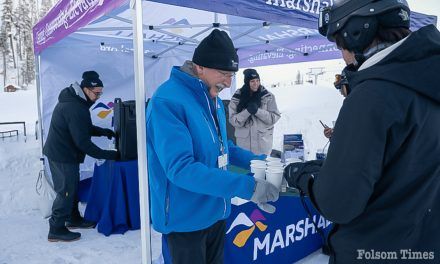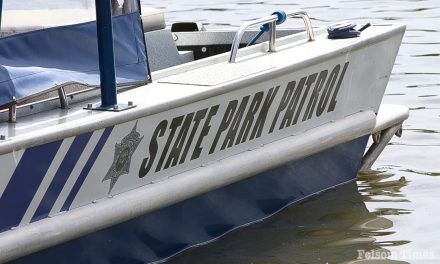The Department of Water Resources’ performed its second manual snow survey of the season at Phillips Station last week. The newest survey recorded 85.5 inches of snow depth and a snow water equivalent of 33.5 inches, which is 193% of average.
The snow water equivalent measures the amount of water contained in the snowpack and is a key component of DWR’s water supply forecast. Statewide, the snowpack is 205% of average. Two months remain until April 1, when the state snowpack usually peaks.
The snowpack received a significant boost from one of the wettest three-week periods on record in California, following the driest three-year period on record. California also experienced above-average precipitation in December just months after one of the hottest heatwaves in state history in September.
“California has always experienced some degree of swings between wet and dry, but the past few months have demonstrated how much more extreme those swings are becoming,” said DWR Director Karla Nemeth. “California is preparing for more intense and dangerous climate swings by bolstering both drought and flood preparation. While today’s results are good news for water supplies, we know from experience how quickly snowpack can disappear if dry conditions return in the months ahead.”
DWR’s electronic readings from 130 snow sensors placed throughout the state indicate the statewide snowpack’s snow water equivalent is 33.7 inches, or 205% of average. While those results are currently outpacing the record 1982-83 season, two months still remain.
“Large snow totals like today are a welcome sight but also present new challenges for water managers as they walk the fine line between water supply and flood control,” said DWR’s Snow Surveys and Water Supply Forecasting Unit Manager Sean de Guzman. “As we move into the snowmelt season in the spring, water managers will work to manage flood risk and optimize the snowpack’s water supply benefits during peak demands in the summer.”
On average, the Sierra snowpack supplies about 30% of California’s water needs and is an important factor in determining how DWR manages the state’s water resources. Its natural ability to store water is why the Sierra snowpack is often referred to as California’s “frozen reservoir.”
DWR conducts five manual snow surveys at Phillips Station each winter near the first of each month, January through April and, if necessary, May. The next survey is tentatively scheduled for March 1.
DWR is currently conductingAirborne Snow Observatory surveyflights to collect more information on the snowpack accumulated by these powerful storms. Data from these flights, which use LiDAR and spectrometer technology to measure snowpack across broad swaths of key watersheds, will be used by DWR to get an accurate account of California’s snowpack and its water content and will increase the accuracy of water supply runoff forecasts.
Since the storms California experienced in January saw variable snow elevations, this data, combined with snow course and snow sensor data, will help DWR understand how snow has been distributed across the Sierra Nevada.




